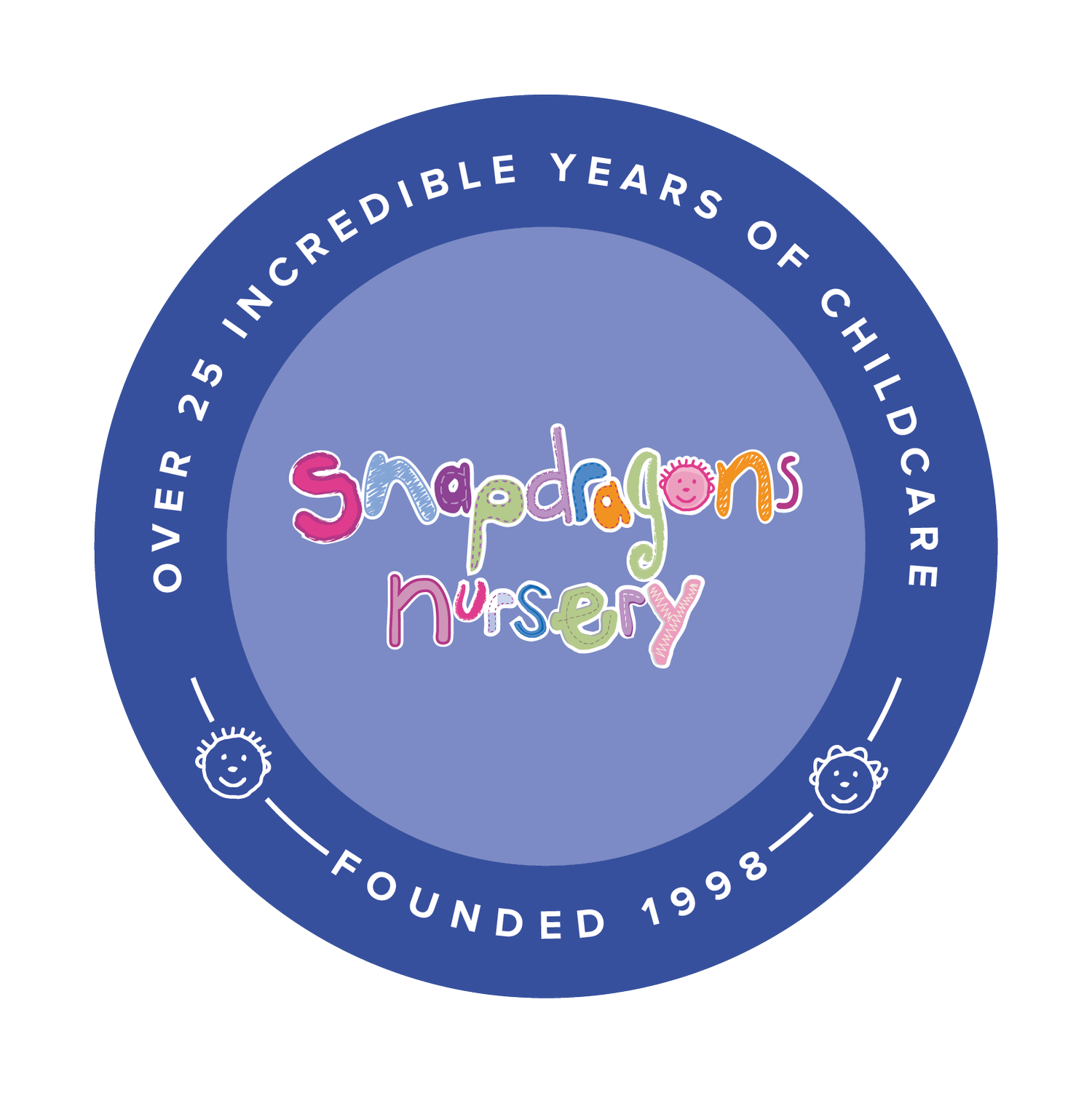Learn Through Play - Bears In The Water
Our second episode of Snapshot: Learn Through Play takes a look at how the children have learned using a famous story, as well as enjoying some water play.
Painting the story
The children are given the opportunity to use paints to represent the three bears in the story. Having the freedom to experiment and mix the colours and also explore the texture of the paint allows the children to build their confidence in manipulating the materials.
Being able to have the choice to select finer paint brushes enhances their fine motor skills and encourages new techniques.
Language is being developed as the children are confidently trying a new activity and are engaged in talking about their ideas for their painting.
It's a small world
After becoming familiar with the story the children enjoy collaborating together, acting out ‘Goldilocks and the Three Bears’ using small world toys. Their language and communication skills are being developed as they repeat the narrative of the story. They are developing their ability to recall and sequence story events in the correct order. As they remember the story, the use of more complex sentences develop as they link their ideas together.
Recreating a familiar environment the children are building on their knowledge of their surroundings and the world they live in. The key person asks questions that extend the children’s thinking on what the bears might be feeling.
Their knowledge of mathematical concepts is being boosted as they explore size and quantity with in the story such as ‘big, medium, small’ and ‘one, two, three'. The children’s social skills are developing as they listen to and respond to their friends as they act out the story.
The shape of water
Putting on their aprons by themselves develops independent skills. The children learn co-operation skills as they discuss the resources they can share to experiment with.
Mathematical language is used by the key worker to encourage and build on the children’s understanding of measurement and counting, such as "the container is empty", "the pot is full up", "you have poured half of it out", "let’s count how many scoops of water it takes to fill the container". Children also are able to use their estimating skills by figuring out how many scoops it will take to fill the pot. The sensory experience of playing with water often brings a sense of joy and well being to the children.
So that's it for this time and we'll be back soon to continue our learning on Snapshot: Learn Through Play.


